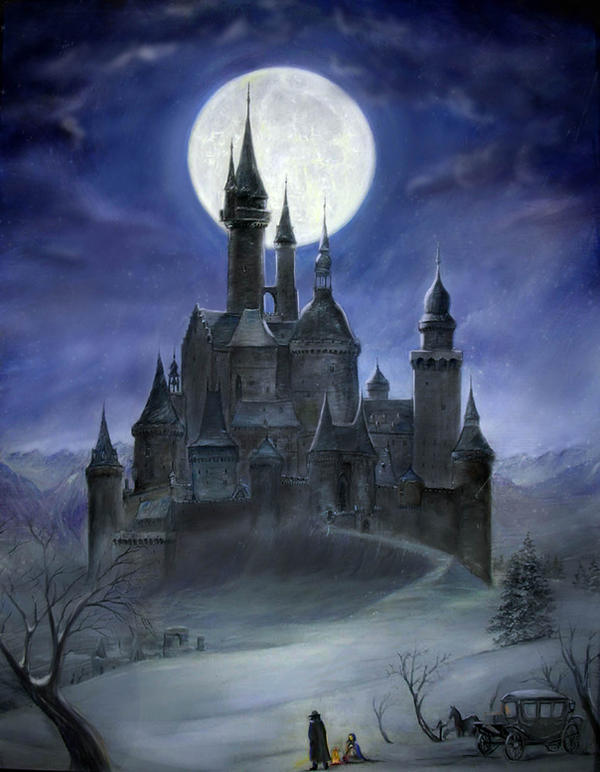Symbolism in Audition
A brief summary; A man named Aoyama's wife passed away. He is incredibly lonely. His friend suggests hosting "auditions" to find him a new prospect wife. During the auditions he meets Asami. She is beautiful and her emotions are intricate. He is fascinated by her, and although her references do not check out and his friends warn him against seeing her, he decides to start a relationship with her. They sleep together and after that she becomes possessive and obsessive. He tortures him, using a piano wire to cut his foot off. His son comes home and begins fighting with her. Aoyama wake briefly and finds himself in bed with Asami after they had sex. They suddenly his son has pushed her down the stairs and kills her. After dying she apologizes to him for being crazy.
It is my belief that Asami's true character is never really shown during the course of this film. She rather serves as a apparition of Aoyama's perceptions of her. She submissive nor psychotic. Her actions and behaviors seem to mimic the stages of their relationship. He begins projecting his guilt and lust onto her which converts her into the crazed villain we see at the end of the movie. I also believe that the part of the movie after they have sex is not really happening. It is a dream, once again affected by Aoyama's guilt. He wakes up briefly during the torture scene. He sees Asami being sweet to him. He falls back asleep and into the dream again. After seeing Asami sleeping his perception of her in the dream changes. After dying she apologizes for being crazy and acts sane and kind.
The film has much symbolism in it. At the beginning of the film Aoyama spills liquor onto Asami's resume. This leads to the idea that his vision of her is blurred and disorientated, like someone who is intoxicated. The removal of feet represent the inability to leave or "run around."It relays the feeling of being trapped or stuck in his relationship with Asami. The tongue, ear and finger represent traditional fears in relationships, such as lying, not listening, and intimacy. His son killing Asami represents that his son "saved" him after the death of his wife. He constantly refers to Asami as perfect, leading us to believe that she is more of his idea of her than truly a person.





